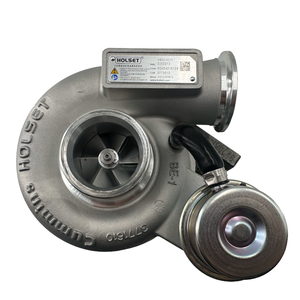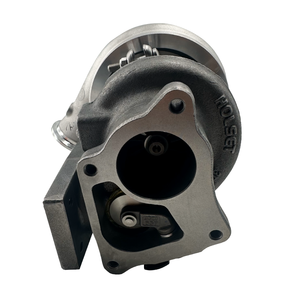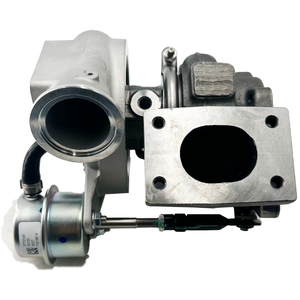Understanding the Turbocharged Intercooled Diesel Engine
A turbocharged intercooled diesel engine represents a significant advancement in modern engine technology, enhancing efficiency and performance compared to traditional engines. By employing a turbocharger and an intercooler, these engines utilize exhaust gases to boost air intake, resulting in improved power output and fuel economy. This combination allows for better engine performance, especially in heavy-duty applications and during high-load operations.
Types of Turbocharged Intercooled Diesel Engines
Turbocharged intercooled diesel engines can be categorized into several types based on their configurations and applications:
- Single Turbocharged Engines: These engines utilize one turbocharger for power enhancement, ideal for standard heavy-duty vehicles.
- Twin-Turbocharged Engines: Featuring two turbochargers, these engines supply greater boost at various RPM levels, improving responsiveness and acceleration.
- Variable Geometry Turbocharged Engines: These engines adjust the turbocharger's geometry for optimal airflow, providing a balance of power and efficiency across a wide range of speeds and loads.
- Common Rail Direct Injection Diesel Engines: This type uses a common rail system to inject fuel at high pressure, ensuring better atomization and combustion efficiency with turbocharging.
Applications of Turbocharged Intercooled Diesel Engines
Turbocharged intercooled diesel engines are versatile, finding their place across various industries and applications:
- Automotive Sector: Commonly used in trucks, SUVs, and performance vehicles, these engines offer superior towing capacity and fuel economy.
- Marine Applications: Ideal for boats and shipping vessels, their powerful performance ensures efficient operation under heavy loads.
- Industrial Machinery: In construction, mining, and agricultural machinery, these engines provide the necessary torque and power for demanding tasks.
- Power Generation: Often used in generators and backup power systems, they ensure reliable power supply in critical situations.
Key Features of Turbocharged Intercooled Diesel Engines
Turbocharged intercooled diesel engines come equipped with a host of features that contribute to their impressive performance and efficiency:
- Enhanced Fuel Efficiency: The turbocharging process allows for better fuel atomization, leading to improved combustion and lower fuel consumption.
- Increased Power Output: By forcing more air into the engine, turbocharged engines can produce more power without significantly increasing engine size.
- Reduced Emissions: The more efficient combustion process results in lower emissions, helping to meet stringent environmental regulations.
- Improved Longevity: The intercooling process lowers combustion temperatures, reducing wear and tear on engine components, thereby extending their life.
Advantages of Using Turbocharged Intercooled Diesel Engines
The adoption of turbocharged intercooled diesel engines offers numerous advantages for both manufacturers and end-users:
- Cost Efficiency: Enhanced fuel efficiency leads to lower operating costs, making them economically viable for businesses.
- Versatile Performance: Their design offers exceptional low-end torque and high-end power, suitable for varied driving conditions and loads.
- Sustainability: By utilizing diesel fuel's energy density and optimizing combustion, these engines contribute to a greener environment.
- Less Maintenance: Engine components designed to withstand higher stress and temperatures experience less frequent repairs, reducing downtime.
















































 Ready to Ship
Ready to Ship